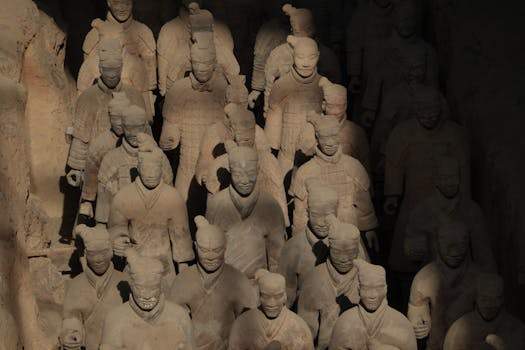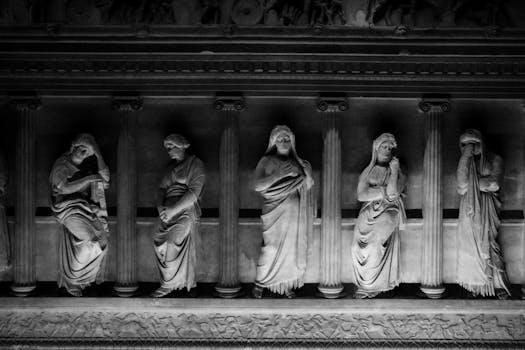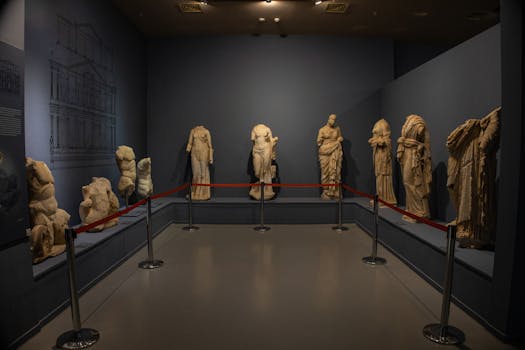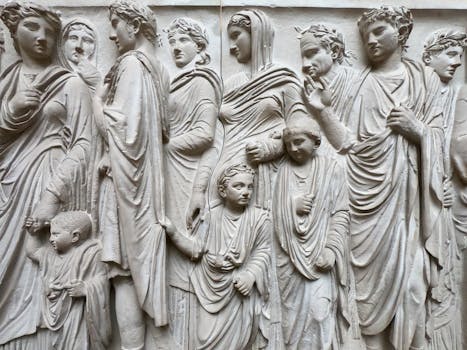
Introduction to Historical Exhibitions

Historical exhibitions serve as a bridge between the past and present, allowing visitors to engage with significant events and influential figures in a tangible way. These exhibitions often curate artifacts, documents, and multimedia presentations that narrate compelling stories, foster understanding, and celebrate cultural heritage.
Significant Events in History

Throughout history, pivotal events have shaped societies and cultures. From wars to revolutions, and scientific breakthroughs to peace treaties, exhibitions that focus on these moments provide insights into their impact. For instance, exhibitions commemorating World War II highlight the struggles and triumphs of nations, showcasing personal stories through letters, uniforms, and photographs.
Influential Figures and Their Legacies

Exhibitions dedicated to influential figures tell the stories of those who have changed the course of history. Whether it’s political leaders, artists, or activists, these displays often include personal artifacts, biographies, and multimedia presentations that illustrate their contributions and legacies. For example, an exhibition on Martin Luther King Jr. could feature his speeches, personal letters, and photographs from the Civil Rights Movement.
The Role of Technology in Enhancing Exhibits

Modern technological advancements have transformed the way historical exhibitions are experienced. Interactive displays, virtual reality, and augmented reality allow for deeper engagement and understanding. Visitors can immerse themselves in the narratives, walking through reconstructed environments or interacting with digital timelines that bring history to life in innovative ways.
Conclusion: The Importance of Historical Exhibitions

Historical exhibitions are more than just displays of artifacts; they are vital educational tools that foster a connection to our past. By narrating significant events and figures, they help to preserve cultural heritage and inspire future generations to learn from history. As we continue to explore and innovate in the realm of exhibitions, the stories of our past will remain accessible and engaging for all.







